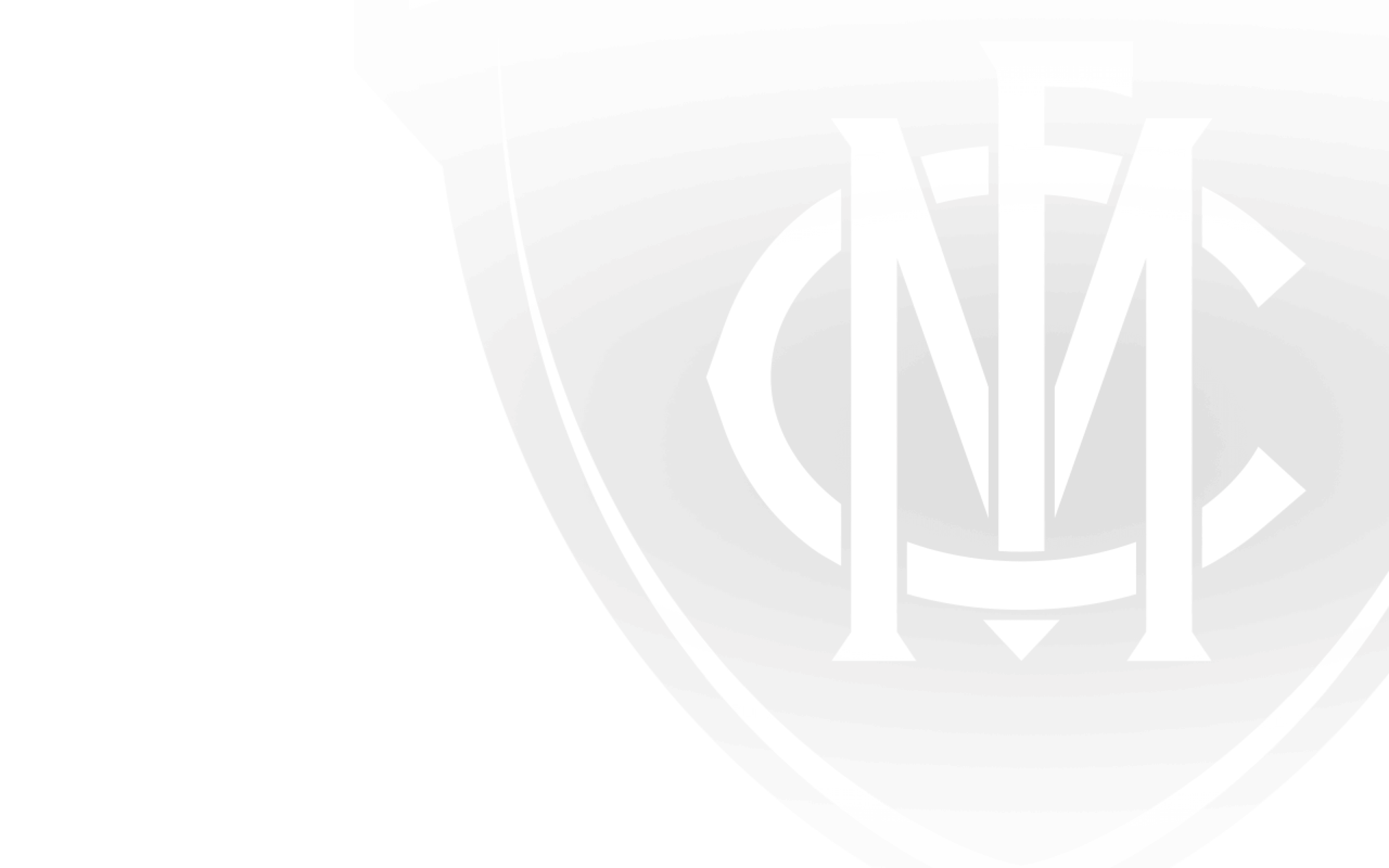At first glance, it might not appear to be all that dramatic. Certainly, the early years were a bit mundane, with no finals, but it all seems like smooth sailing on the surface after the 1926 premiership and complementary glories of the ilk of Ivor Warne-Smith’s dual Brownlows in 1926 and 1928.
But, underneath, Melbourne was in the middle of a revolution, and not only an internal revolution, but subject to external forces - cultural change, economic downturn, world conflict coming ever closer - that hit the red and blue resolve in a variety of ways.
It has been stated that Melbourne’s grand amateur tradition insulated it from economic pressures. At first glance, this is true. As the Club did not have to pay players, and - due to said amateur status - was therefore not (or was at least less) pressured by the Coulter Law of 1930, which stated a flat rate of £3 player payment per match, surely the team was safe.
This was not so. Players still needed to have jobs in order to survive, whether or not they received match payments, and membership was a constant headache.
Indeed, there it was in 1931: ‘Owing to the existing depression and unemployment the sale of Season Tickets showed some falling off as compared with last season. 1971 tickets were disposed of in 1930, while in 1931 Season the number sold was 1465.’ That was a loss of 506 members - nearly a quarter from one season to the next. The silent story of the outside world was being told through their disappearance.
The Melbourne Football Club kept persevering, however, with Warne-Smith as captain-coach working ‘hard in constant endeavour for better results’.
Sadly, his tenure in the dual post would end with eighth place in 1931. On the administrative front, moves were also being made, with A.A. (Andrew) Manzie relinquishing the post of Secretary at the end of 1931, after ten seasons. With the role being filled by past player Charlie Streeter for a year in 1932, Percy Page - like Manzie another transfer from the Richmond Football Club - made his way to the soon-to-become Demons.
Seasons 1932 and 1933 were both difficult, but with grains of hope in them.
While membership kept sliding, and while the bleak appeal went out at the end of 1932 that ‘As a number of our present players and the promising recruits that have been secured are out of employment, the Committee will be glad to receive assistance in placing these men.’
Season 1933 saw the beginning of the retrieval, signalled by the advent of another Tiger - Francis Vane ‘Checker’ Hughes - as coach, and the rise of the Demons. All players were employed, and membership increased from 1066 in 1932 to 1357 in 1933.
1933 was undoubtedly the bottom of the trough in on-field terms, with Melbourne landing at tenth place. This undoubtedly made sixth place in 1934 and 1935 a sweeter place for all. The involvement of members was also sought in 1934, as ‘A Melbourne innovation that aroused quite a deal of publicity during the year, was the awarding of prizes to those considered to be the best barrackers.’
The Demons were gathering strength, even as the world remained uncertain.
And, with this strength came finals appearances once more. In 1936, with young veterans such as Beames, Smith, Mueller and La Fontaine making their way to the fore, a Preliminary Final berth was the reward for much effort and heartache in the preceding seasons.
So it was with some vindication that Chairman Joe Blair, along with Percy Page, wrote: … members have been urged to throw their full weight and support behind the Committee in an endeavour to reach the “four.”
Now that the big objective has been reached, members are asked to help consolidate the position. Two ways in which valuable assistance can be rendered readily come to mind: (1) The provision of employment for players, and (2) encouraging friends to join the club, and thus swell the all too small membership ….
These two points remained a Club challenge through to the end of the decade, but the sheer gloom of preceding years emerged into light with the promise of ongoing finals appearances, and the assistance of the newly formed Coterie supporter group to help with player employment.
It was with some justification that the conclusion was reached at the end of 1938 - ‘Make 1939 Melbourne’s year.’
And so, with 1863 adult members and 53 juniors, up against ancient rivals in Collingwood, with Beames and Rodda kicking four goals each, Melbourne finally emerged from the decade, triumphant by 53 points.
It was 30 September 1939, in front of 78,110 spectators at the MCG. Truscott and Anderson were named in the best. Australia had declared war on Germany on 3 September 1939. The world was at war.


